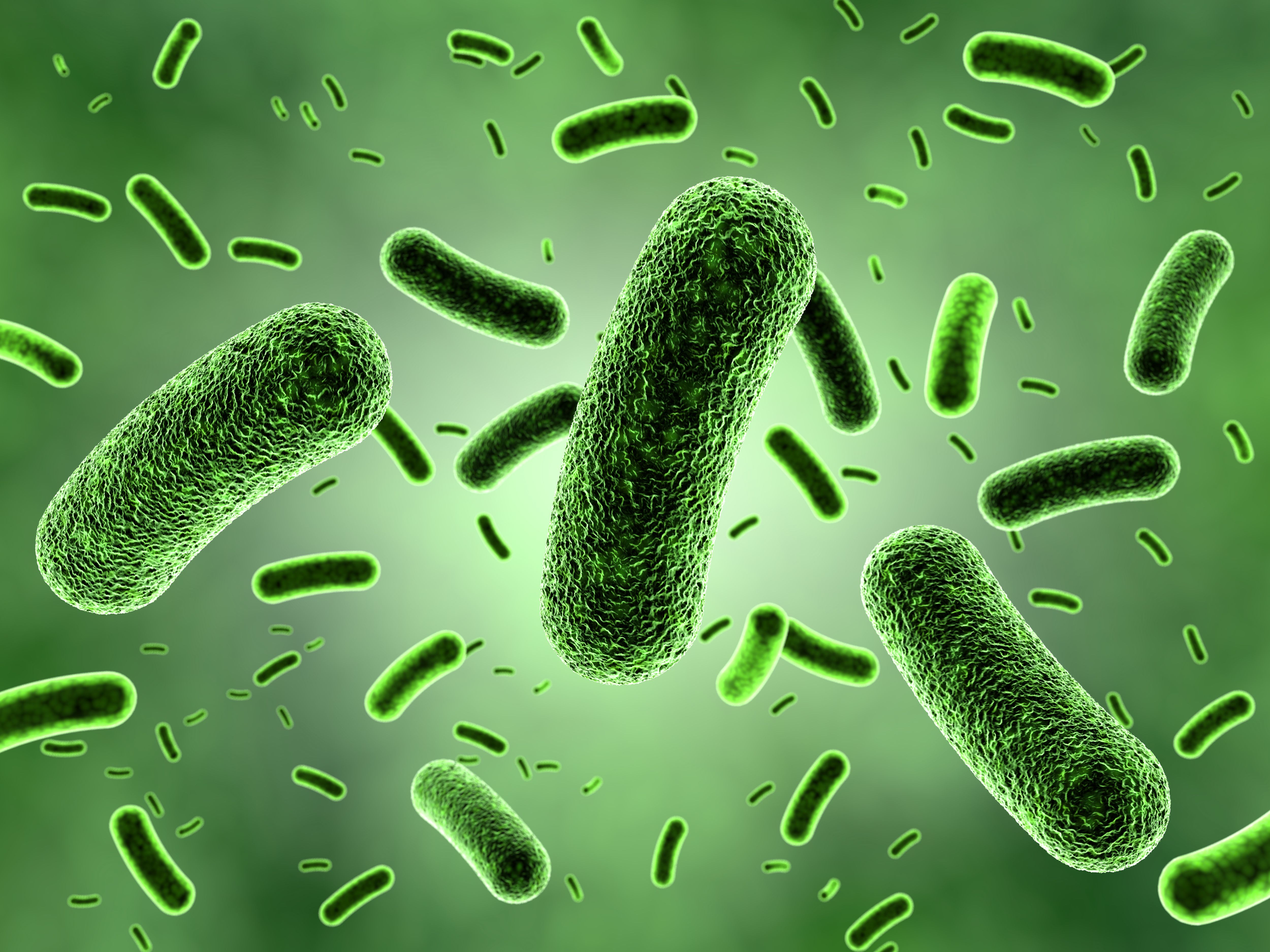Bifunctional Nanozyme-Mediated Catalytic Signal Amplification and SERS for Ultrasensitive Detection of Pathogens in Milk Samples
A new bifunctional gold-platinum (Au@Pt) core–shell nanozyme can detect foodborne bacteria with high sensitivity, which suggests the technique could provide an efficient way to detect pathogens and prevent their spread through contaminated food products.
According to a study published in the journal Analytical Chemistry, researchers at Wuhan Academy of Agricultural Sciences in China have developed a bifunctional gold-platinum (Au@Pt) core–shell nanozyme that can detect foodborne bacteria with high sensitivity (1). The nanozyme has catalytic properties and surface-enhanced Raman spectroscopy (SERS) activity that enables the detection of pathogens, including Salmonella typhimurium, in milk samples. The Au@Pt nomenclature indicates a core-shell nanoparticle where the core is made of gold (Au) and the shell is made of platinum (1).
Green Bacteria Colony | Image Credit: © zuki70 - stock.adobe.com

The bifunctional nanozyme is comprised of an ultrathin platinum shell of approximately 1 nm that catalyzes Raman-inactive molecules into Raman-active reporters, which amplifies the amount of signal molecules (1). Additionally, the researchers noted that the Au core functions as an active SERS substrate that enhances the signal of reporter molecules, further improving the detection sensitivity (1). Combining these properties, the researchers integrated the Au@Pt-based SERS platform with a magnetic immunoassay to construct a label-free SERS platform for highly sensitive detection of S. typhi, with a low detection limit of 10 CFU/mL (1).
The researchers also demonstrated that the bifunctional nanozyme-based SERS strategy is highly selective and can detect S. typhi in milk samples using a portable Raman spectrometer (1). The study presents a promising pathway for improving the sensitivity of label-free SERS detection of pathogens in various fields, including food safety and environmental analysis (1).
In summary, the team's findings have significant implications for public health and food safety, given that foodborne diseases affect millions of people worldwide every year (1). The new technique could provide an efficient way to detect pathogens and prevent their spread through contaminated food products. The authors suggest that future work could focus on further improving the sensitivity of the SERS platform and testing its ability to detect other pathogens (1).
Reference
(1) Li, Z.; Hu, J.; Zhan, Y.; Shao, Z.; Gao, M.; Yao, Q.; Li, Z.; Sun, S.; Wang, L.Coupling Bifunctional Nanozyme-Mediated Catalytic Signal Amplification and Label-Free SERS with Immunoassays for Ultrasensitive Detection of Pathogens in Milk Samples. Anal. Chem. 2023, ASAP. DOI: 10.1021/acs.analchem.3c00251
The Rise of Smart Skin Using AI-Powered SERS Wearable Sensors for Real-Time Health Monitoring
May 5th 2025A new comprehensive review explores how wearable plasmonic sensors using surface-enhanced Raman spectroscopy (SERS) are changing the landscape for non-invasive health monitoring. By combining nanotechnology, AI, and real-time spectroscopy analysis to detect critical biomarkers in human sweat, this integration of nanomaterials, flexible electronics, and AI is changing how we monitor health and disease in real-time.
AI-Powered SERS Spectroscopy Breakthrough Boosts Safety of Medicinal Food Products
April 16th 2025A new deep learning-enhanced spectroscopic platform—SERSome—developed by researchers in China and Finland, identifies medicinal and edible homologs (MEHs) with 98% accuracy. This innovation could revolutionize safety and quality control in the growing MEH market.
AI-Driven Raman Spectroscopy Paves the Way for Precision Cancer Immunotherapy
April 15th 2025Researchers are using AI-enabled Raman spectroscopy to enhance the development, administration, and response prediction of cancer immunotherapies. This innovative, label-free method provides detailed insights into tumor-immune microenvironments, aiming to optimize personalized immunotherapy and other treatment strategies and improve patient outcomes.
New AI-Powered Raman Spectroscopy Method Enables Rapid Drug Detection in Blood
February 10th 2025Scientists from China and Finland have developed an advanced method for detecting cardiovascular drugs in blood using surface-enhanced Raman spectroscopy (SERS) and artificial intelligence (AI). This innovative approach, which employs "molecular hooks" to selectively capture drug molecules, enables rapid and precise analysis, offering a potential advance for real-time clinical diagnostics.